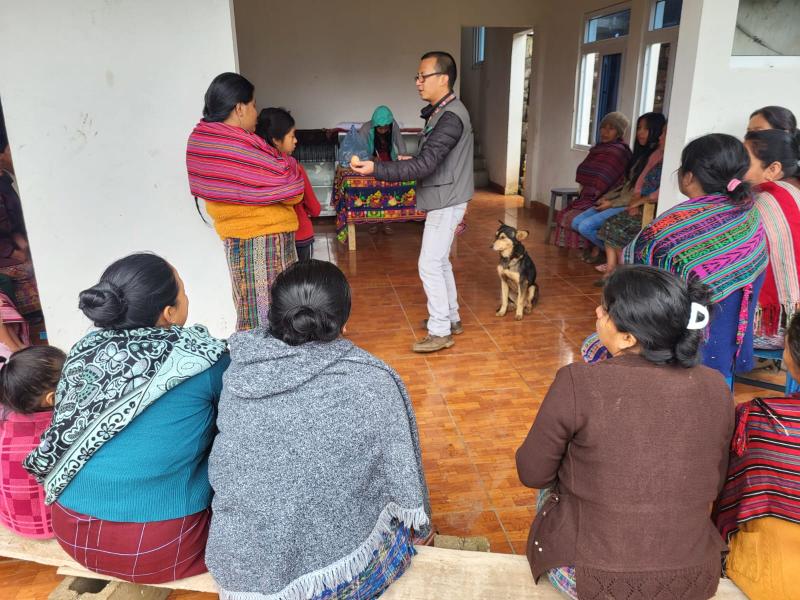
Animal Health Emergency in Guatemala
Treating and Protecting Animals against Screwworm
- Project Name
- Animal Health Emergency in Guatemala
- Partner Organisation
- Fundación ESAP
- Brief
- Responding to An Animal Health Emergency in Guatemala
- Target
-
Item Description Quantity Human Resources 16,800.00 Project Manager Months 6 Veterinarian Months 6 Animal Handler Months 6 Accountant Months 6 Logistics 6,000.00 Transport, Fuel and Maintenance Months 6 ESAP Supplies 27,000.00 Training and Printed Materials Design and Development 6 Medication and Supplies Months 6 Head Office Overheads 6 Biosecurity for Staff Months 6 - Progress
- <10%
On October 29, 2024, the Guatemalan government declared a state of animal health emergency in the country due to outbreaks of what is known as Screwworm, a parasitic fly whose larvae eat the flesh of warm-blooded animals.
Screwworm was eradicated in Guatemala in 1994, but a case of screwworm was recently identified in the municipality of El Estor. There are now concerns that this will spread across the national territory, particularly within rural communities which rely on animals for their livelihoods and where hygiene measures are not adequate. For this reason, this project aims to implement epidemiological surveillance actions to identify outbreaks as soon as possible and take relevant action to prevent the proliferation of Screwworm at the national level.
This project proposes to carry out epidemiological surveillance in the following regions of Guatemala: Izabal, Zacapa and Chiquimula. These actions are expected to benefit at least 20,000 working, production and pet animals through veterinary evaluation and assistance over a 6-month intervention period.

Rural communities in Guatemala rely on their working and domesticated animals for their livelihoods.

The screwworm targets warm-blooded animals, with recent outbreaks causing concern amongst animal owners.

Fundación ESAP works directly with rural communities to help them take care of their animals in animal health emergencies and in disaster situations.
- Weekly articles
- Digest of new and active projects
- No spam
- Full control over your notification settings
One-off
No account required
- Contribute directly to project
- Email project updates (optional)
Subscription
Member Account
- Track your giving
- Get project updates
- Member-exclusive content